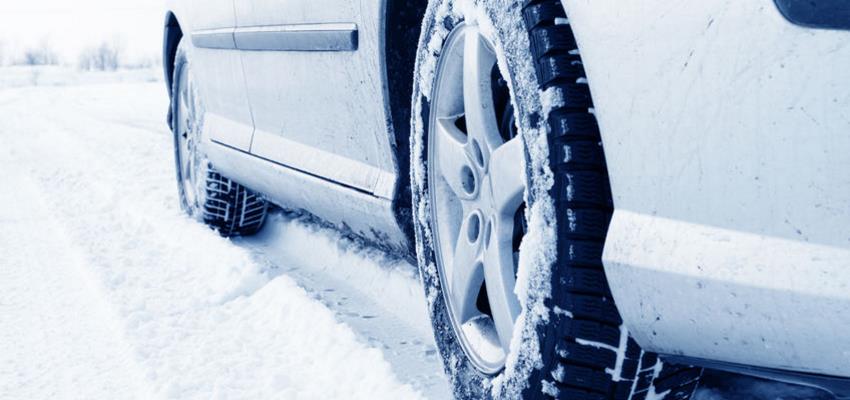Snow Driving Safety Tips
This winter, the snow seems unlikely to stop any time soon. Even though road conditions aren’t ideal, we still need to drive to go about our daily lives. Unfortunately, about 1.5 million car crashes occur because of weather-related poor driving conditions every year (according to the American Journal of Public Health). In order to avoid getting into one of these crashes, it’s important to drive carefully. As always, you should follow general driving safety guidelines. Always wear your seatbelt (and make sure your passengers are wearing theirs) whenever you’re in a car, and avoid driving when you are tired. These tips will always help to protect you, and they’re particularly important when road conditions are worsened by snow. There are a number of additional tips particular to winter driving. Make sure you follow them to keep yourself as safe as possible while you’re on the road.
Never Warm Up Your Car in an Enclosed Area
Warming up your car is a great way to stay comfortable and get your car ready before driving in the winter. However, you should never warm your car up in an enclosed area, such as a garage. Being enclosed with a car’s exhaust can lead to carbon monoxide poisoning, which can cause headache, fatigue, nausea, and many other symptoms. In extreme cases, carbon monoxide poisoning can be deadly.
Keep Your Tires in Good Shape
If you have room in your budget, you may want to consider buying a set of snow tires to improve your traction. If you don’t have snow tires, you can still take steps to make your tires as safe as possible. You should never mix radial tires with other kinds of tires. You should also make sure that your tires are properly inflated. As the temperature drops, air contracts, resulting in lower tire pressure. You can bring the tire pressure back up with a quick trip to a gas station. You can find your car’s ideal PSI in the owner’s manual or written in the driver’s side door jamb.
Avoid Using Cruise Control
If you’re driving on a slippery surface (such as a snowy road), you should not use cruise control. If you start to slip, cruise control will still be trying to keep your car at a constant speed. Tapping your breaks in order to turn cruise control off can cause you to lose control of your car.
Brake Early
This should be common sense, but is one of the most important winter safety driving tips. In impaired road conditions, you should always brake early and brake carefully. It takes more time and distance to come to a complete stop when road conditions are slippery. Because of this, you should increase your following distance to about 10 seconds. This will give you more time to stop if the car in front of you brakes. Braking ahead of time will also allow you to brake gradually, which will help to prevent skidding.
Accelerate Slowly
Trying to accelerate too quickly can cause your car to skid in snow or ice. Apply the gas gradually to keep traction and maintain control.
Watch for Trouble Spots
Be extra careful in areas that are likely to be the most slippery. Because of the air exposure, bridges tend to freeze faster than roads. Even if road conditions are alright, a bridge may be very slippery. Highway exit ramps can also be dangerous. They are likely to receive less anti-icing material than the main highway, so remember to be careful and slow down when transitioning off of the highway.
Avoid Plows
Remember to be careful when driving close to a plow. Large maintenance vehicles have blind spots that can be worsened by flying snow. You should stay at least 70 feet behind a snow plow. If you decide to pass a slow-moving plow, remember that road conditions in front of the plow are likely to be worse than those behind it.
All of these tips will help to keep you safe, but there’s no guarantee of safety in a car, particularly when weather conditions are bad. No matter how safely you drive, you don’t know how careful other drivers are being. The best way to stay safe when the roads are snowy is to stay home. When you do need to go out, stay observant and careful, and you’ll make your trip as safe as you can.

